How much time does it take to develop an app?” is the next question that probably crosses your mind following “How much does it cost to build one?” Similar to the price, there isn’t a single correct response for this.
It does not exclude the introduction of an app in less than a month or more than six months. Nevertheless, there are a lot of elements that affect the application development schedule, and we will discuss them in this post.
Let’s see how long it takes to create an application from the ground up.
Looking at the application timeframe from the vendor’s viewpoint
You may find some very interesting apps in your App Store that are easy to use and load very quickly, but you can also find some incredibly ugly apps that are hard to use, have strange designs, and make you want to never open them again.
Furthermore, the first kind takes a lot of time to construct, but the second type doesn’t really need much either. It is not possible to create such revolutionary applications and then let them develop naturally.
Countless hours of labor, if not millions, are invested in successful enterprises. They also have a group of intelligent people working for them. Users feel something astounding as a consequence. It has taken years for apps such as Spotify, Uber, Tinder, Snapchat, and others to get to where they are now in terms of both user base and market share.
Naturally, this implies that new entrants must contend with fierce competition from the industry titans of today, not only from their limited-edition releases from yesteryear.
Does this imply that creating new apps is no longer worthwhile? Nope, the exact reverse. You should invest time and energy into your concept, but you also need to be aware that it will take time to reach perfection.
The execution of a project happens in phases. They proceed as follows:
· Planning and discovery
· Design Advancement
· Testing
· Release and assistance
1. Planning and discovery
Even though it isn’t the longest phase of the project, planning is perhaps the most important. The project’s future success is largely dependent on how effectively it was scoped. It is essential to specify the project’s purpose, aims, and objectives in terms of business.
Estimating expenses and times is just one aspect of planning. It involves ensuring that the vendor and the customer are in agreement on the goals they are pursuing and the desired outcome. The likelihood that a project will be able to suit the demands of a particular company and the modern user in terms of functionality, design, and general usability increases with the level of preparation.
The following topics need to be discussed while organizing the app development process:
1. A thorough examination of the company
(Describe the intended app user, investigate rivals, look at business procedures, and go over any customer comments);
2. Establish the project’s schedule and financial constraints
(What is the exact timeline for market entry? Is there a certain amount that cannot be exceeded?);
3. Describe the project’s technical specifications, including the language in which the app will be created. Which operating system—Android, iOS, or both—will it be made for? What requirements must the final product satisfy?
4. Name the group that will develop the project.
Choose how many and what kind of materials you’ll need to finish the project.
5. Provide a detailed outline of all the sophisticated and necessary features that need to be created.
6. Ensure that user red pathways remain clear of obstacles to prevent a decline in the usefulness of the final product.
In summary, the length of the planning phase might range from two weeks to two months, depending upon the size of the project. The project’s next phase is:
2. Design
The designer steps in once the application development strategy has been established. Understanding the goal of the product and doing target audience research are often the first steps in the design process.
The designer must be aware of their target audience’s wants and expectations. The concerned program must meet the user’s expectations and sometimes exceed them.
The next step in the process is to develop ideas for how the user will see the displays. Wireframes for the application will be created based on the data gathered. Iterating screens is possible using wire framing before proceeding to the next phase. Until the ideal answer is identified, the process consists of iteratively attempting, getting input, and redesigning the design.
Wireframe setup is much faster and less expensive than a complete application layout. Additionally, this format works well for getting input without requiring a lot of work to create.
Users are more concerned with an application’s usefulness and value than with its visual components. Therefore, wireframes may be readily altered without changing the code or images depending on the gathered opinions.
It’s time to create a full-scale design with color schemes and fashionable design components once the wireframes have been accepted.
Design may take anything from N to N weeks, and in some cases, up to X months. The importance of wireframes in the application design process is still underappreciated by many managers. They are necessary, nevertheless, if you want the finished result to be outstanding. Skilled with both intellectual acumen and technical proficiency, app developers act as the building blocks of the online universe, transforming ideas into effective and intuitive courses that influence our linked technological climate.
3. Creation and execution
The following variables determine how long it will take to write the application:
1. The number of technical experts engaged in the project;
2. The quantity of platforms for which the application is designed;
3. Design complexity (micro-interactions, parallax, and animations);
4. Quantity of data that has to be processed and stored;
Linkitsoft, creates native apps specifically for each platform. In order for the two versions to be issued simultaneously, they are created concurrently. Though it is considerably easier to create for Apple goods without having to worry about consistency, if you are planning to launch a new product, we advise starting with iOS.
The estimated hourly rate for developing the fundamental aspects of the application is as follows:
4. Quality Evaluation and After-development Assistance
The size and complexity of the produced application determine how long it will take to test and resolve bugs in the final release. Each feature that is designed must function in accordance with the project guidelines. This project may take a long time since it involves not only evaluating the product but also working to correct certain errors. It often lasts between a week and a month.
It takes time to fulfill the publication criteria of both Google and Apple stores before submitting the application. Your company would need to register for a developer account, get the necessary credentials, and have the management of the Store approve it.
In conclusion, timing is critical. Making ensuring your product is launched precisely on time is essential if you want to captivate people worldwide. Not even a minute early or late. The basic MVP takes about six months to construct on average.


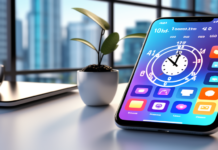



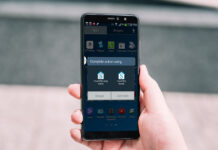






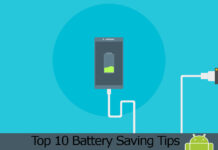











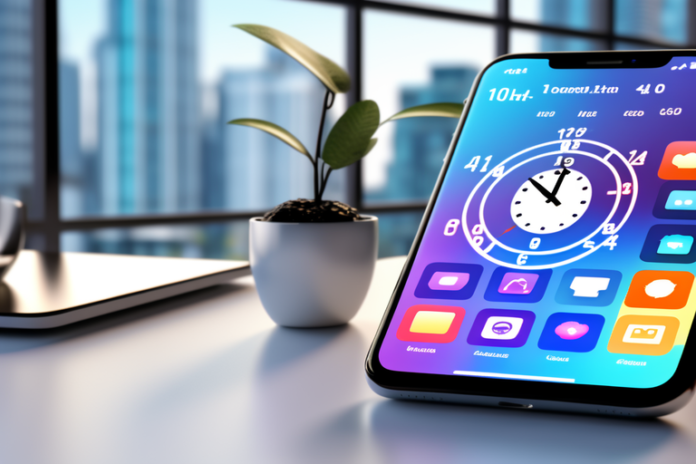

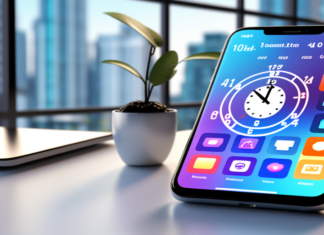









![4 Ways to Hack a WiFi Password on Android in 2023 [No Root] TechSaaz - how to hack a wifi password on android](https://www.techsaaz.com/wp-content/uploads/2019/08/how-to-hack-wifi-on-android-100x70.jpg)


